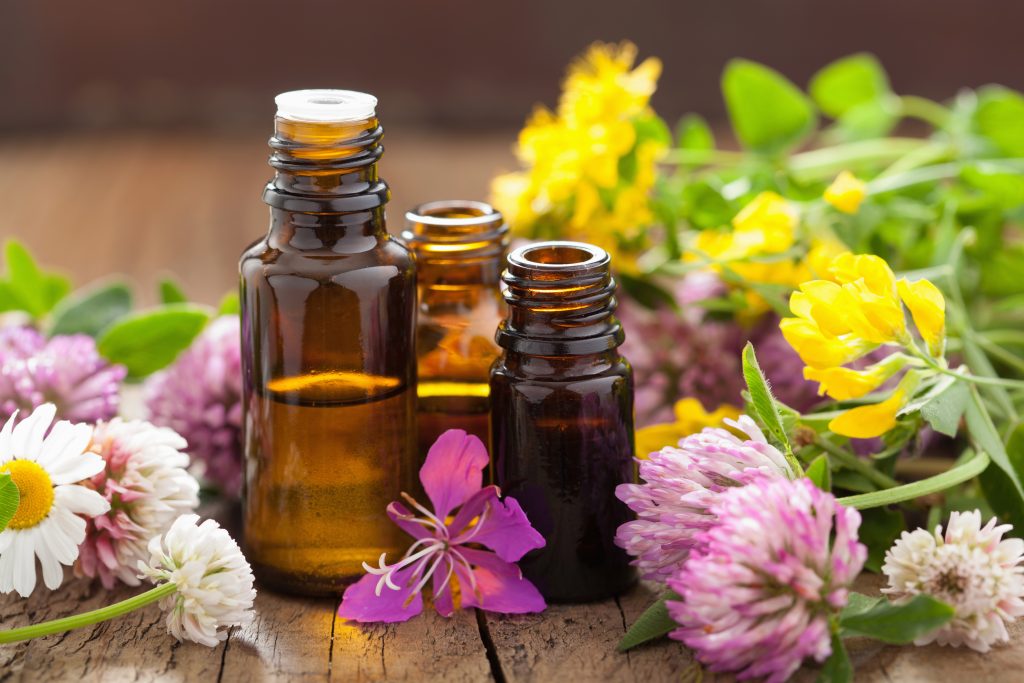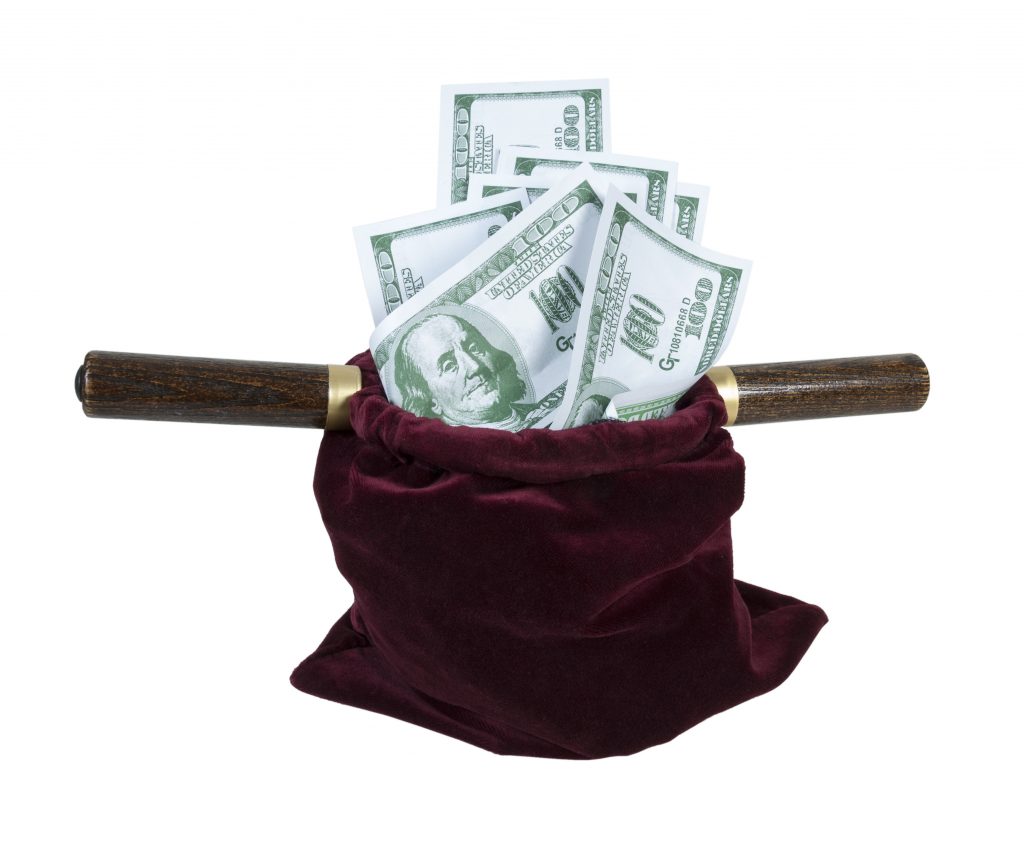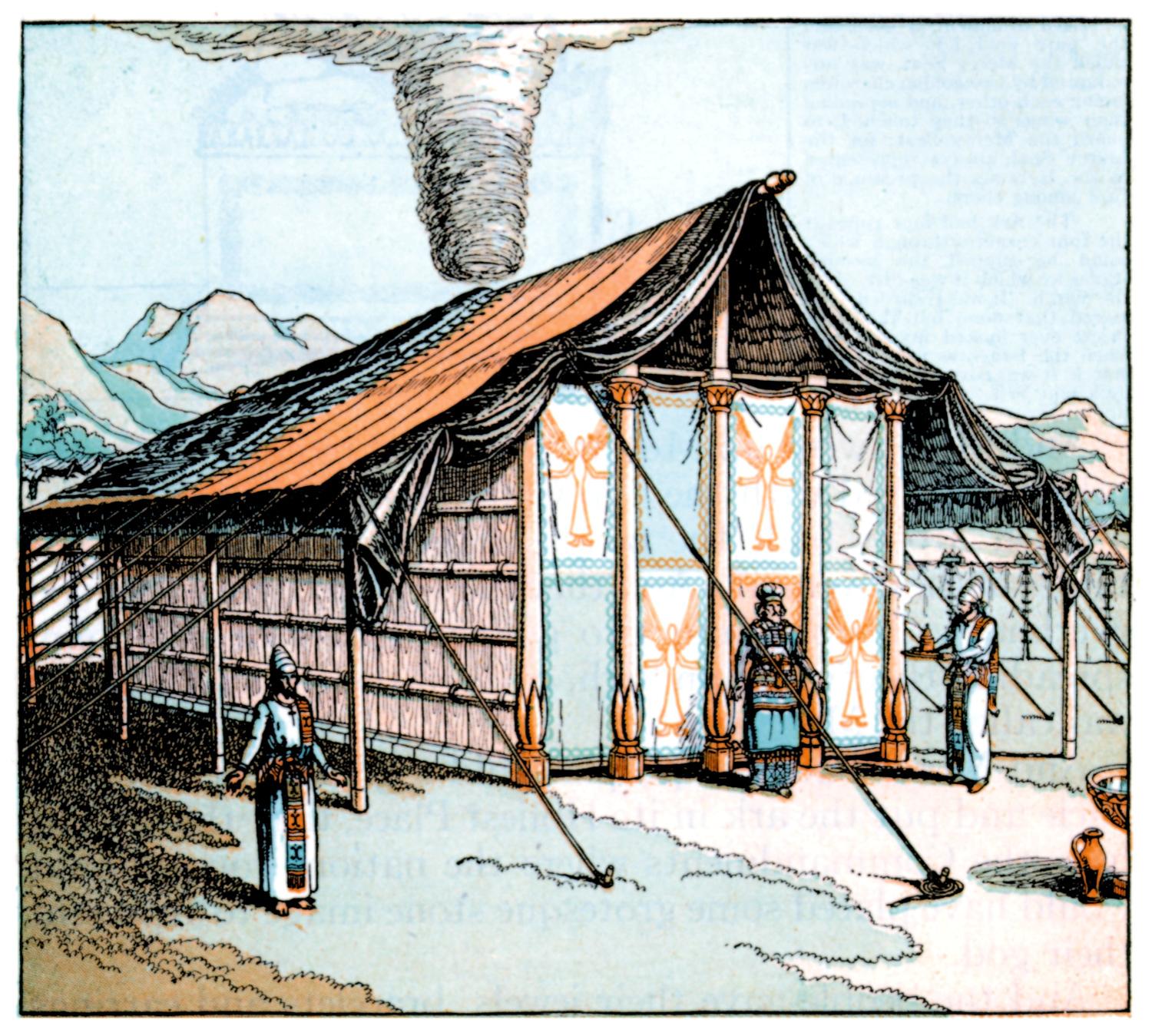
Herodian oil lamps from the first century A.D. The lamp on the left is a replica. The lamp on the right is an actual 2000 year old clay lamp from the Holy Land.
Exodus 27:20–21, They shall bring pure oil. Olives, olive oil and the olive tree are very significant biblical symbols. This oil was used for anointing and for burning in the seven-branched menorah—a picture of redeemed Israelite believers comprised of many different congregations (Rev 1:12–13). This olive oil was pure and the olives were beaten or pressed to produce oil for light (Exod 27:20). How does this relate to the believer’s life, so that he can be the light of the world Yeshua commanded him to be (see Matt 5:14–16 cp. Acts 14:22; Rom 8:17; 2 Tim 3:12; 1 Pet 4:12–14; Jas 1:2–3)?
The priests attended to the menorah to keep it burning continually from evening till morning. This reminds us of Yeshua’s Parable of the Ten Virgins (Matt 25:1–13), where Yeshua’s exhorted his disciples to be like the wise virgins who kept their lamps trimmed and full of oil as they were watching and waiting for their bridegroom to come.
In the Parable of the Ten Virgins, the level of oil in each virgin’s lamp was the factor that determined whether they would be allowed entrance into the bridegroom’s wedding or not. Therefore, what is the significance of olive oil (the fuel for the lamps) scripturally? There are several.
Olive oil was used in consecrating kings and priests for YHVH’s service (see 1 Sam 16:13; 1 Kgs 1:39; Lev 8:12).
Olive oil symbolizes YHVH’s rich blessings on one’s life, was used for consecrating the tabernacle and its contents (Lev 8:10).
Olive oil was a medicinal agent for healing (Isa 1:6; Luke 10:34).
Olive oil is also a scriptural metaphor for YHVH’s anointing on one’s life (see Ps 23:5; 133:2; Zech 4:12–14).
Olive oil is a biblical metaphor for gladness or joy (note Ps 45:7; Prov 27:9; Isa 61:3; Heb 1:9).
Olive oil speaks of healing by the laying on of hands (read Mark 6:13; Jas 5:14).
Olive oil is a symbol of prosperity (see Deut 32:24).
In Jewish thought, olive oil is also a metaphor for Torah, since it is a comfort to the head and body even as are the words of the Torah (Everyman’s Talmud, by Abraham Cohen, p. 134).
Oil in the Parable of the Ten Virgins oil is generally recognized to be a symbol of the blessing and anointing of YHVH’s Set-Apart Spirit functioning in one’s life.
Let us not forget that the same is the spiritual force that Spirit leads one into YHVH’s Torah-truth (John 15:26; 16:13). The five foolish virgins’ lack of oil speaks of their lacking YHVH’s anointing and blessing, that their lives were not fully consecrated to him, that they were deficient in YHVH’s Spirit and were not walking in the fullness of his Torah-truth. Torah teacher, Dean Wheelock characterizes the foolish virgins’ lack of oil in this way:
The foolish squander their oil, their precious oil of Torah instruction, which tells them how to live their lives in a righteous manner. Meanwhile the wise hang on to their Torah learning, and thereby save their oil for that time when it is needed. And the time when it will be most needed is when Messiah arrives to take us to the wedding. Then we will need all of the Torah oil we can muster. That is what the “foolish virgins” were missing. They did not have an adequate supply of understanding of the Torah, they were not living a Torah-centered life, they had not prepared themselves adequately to be the wife of the Messiah Yeshua, the one who as the “Living Torah” when he walked the earth some two thousand years ago. (Hebrew Roots Magazine, Sept./Oct. 1997, article entitled “Oil For Our Lamps,” by Dean Wheelock, p. 10)
In the Scriptures, how is the lamp viewed metaphorically? (Read 2 Sam 22:29; Ps 119:105; Prov 6:23.) Believers are to be leading lives reflective of YHVH’s light and are to be lamps or lights shining in the darkness of this world (note Matt 5:14; Luke 12:35; Phil 2:15). The ceramic lamps used in biblical times are an apt symbol of our physical lives, which the Scriptures describe as vessels of clay, which contain the Spirit of YHVH, for the spirit of man is the candle or lamp of YHVH burning inside of man (Prov 20:27) and, our lives are earthen vessels that contain YHVH’s spiritual light (2 Cor 4:6–7). At the same time, the pure gold menorah in the tabernacle shows us although we may now be mere vessels of clay as we walk this earth, it is our spiritual destiny, upon receiving our glorified bodies at the resurrection to be gold in that we will be like Yeshua (1 John 3:2).








